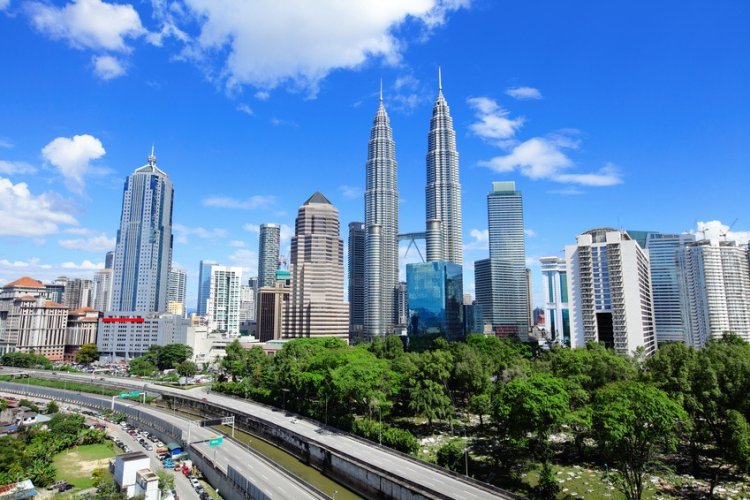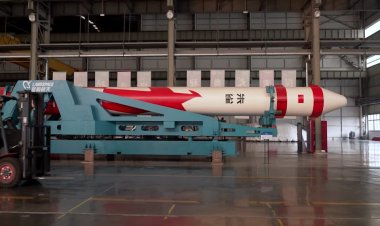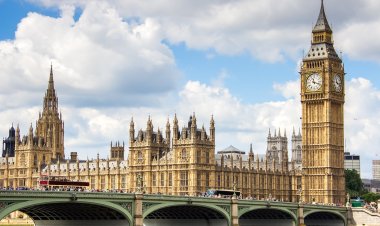Malaysia continues mega projects for economic growth

The Malaysian government under Prime Minister Datuk Seri Anwar Ibrahim is continuing major infrastructure projects, which are expected to generate significant economic benefits across various sectors. These mega projects, including the East Coast Rail Line, Pan Borneo Highway, and Bandar Malaysia redevelopment, are seen as indicators of economic stability and confidence, attracting both domestic and foreign investment.
Experts highlight that these projects can create a substantial spillover effect throughout the economy. Professor Tan Peck Leong from Universiti Teknologi MARA emphasizes that well-executed mega projects could transform Malaysia's economic landscape. Key benefits include job creation, skill enhancement for the local workforce, and improved regional connectivity, particularly in Sabah and Sarawak through the Pan Borneo Highway.
The projects are expected to stimulate private sector involvement in real estate, financial services, technology, logistics, manufacturing, and tourism. For instance, the expansion of the KL International Airport has already positioned Malaysia as a major tourism hub in Southeast Asia.
However, experts also caution about potential risks. Mega projects often face challenges such as cost overruns and delays, which can reduce their economic returns. Additionally, some infrastructure developments may lead to increased living costs for Malaysians through measures like toll charges.
The government has allocated a substantial budget for these initiatives, with RM393.8 billion set aside in Budget 2024. This includes RM303.8 billion for operating expenses, RM90 billion for development expenses, and RM2 billion in contingency savings.
Overall, while these mega projects promise significant economic benefits and development opportunities for Malaysia, their successful implementation and management will be crucial in realizing their full potential and avoiding potential pitfalls.















